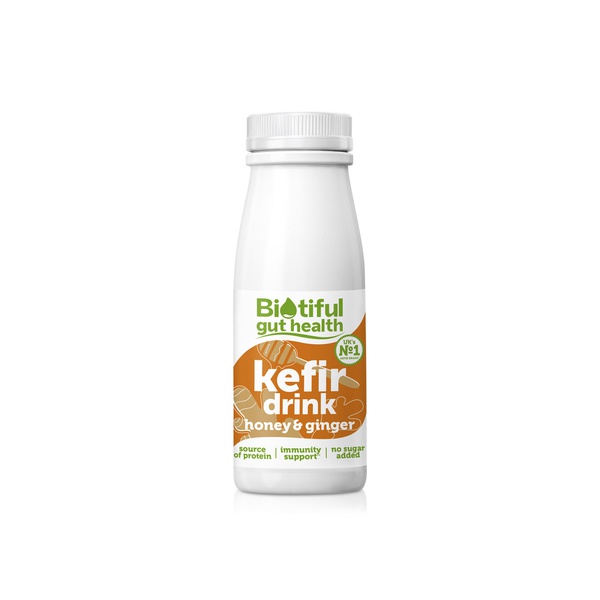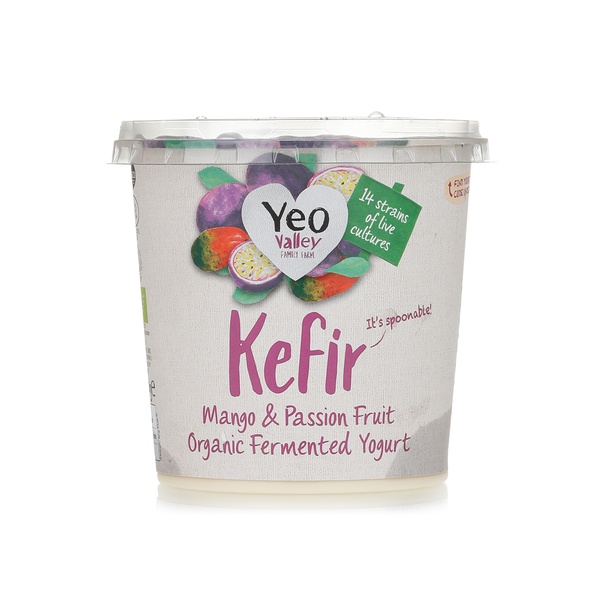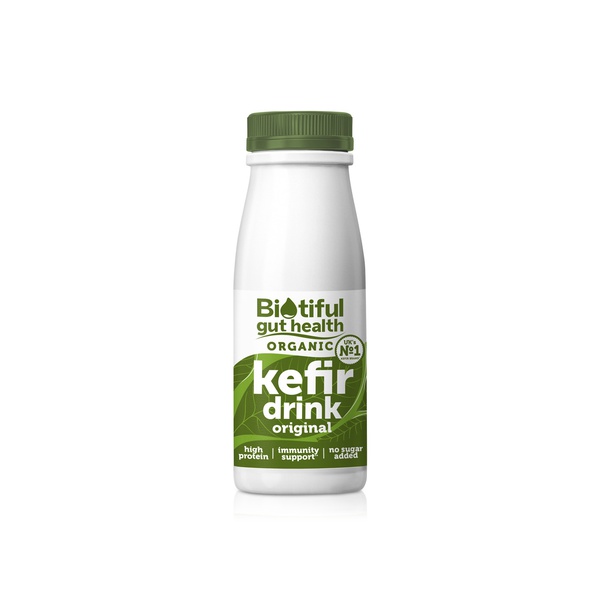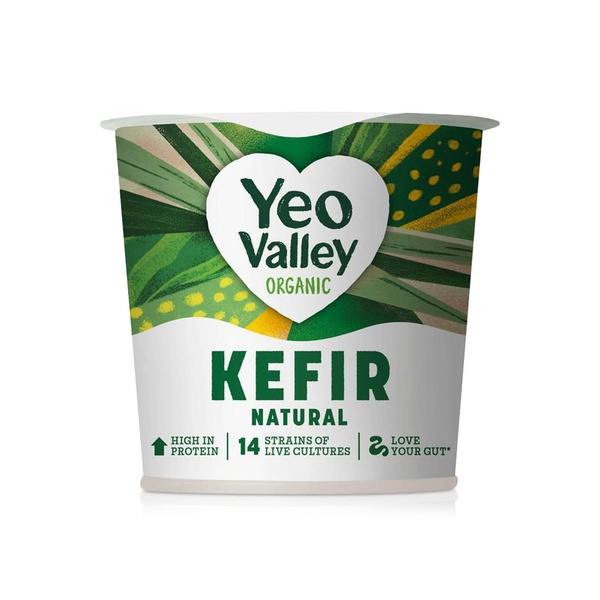Kefir culture
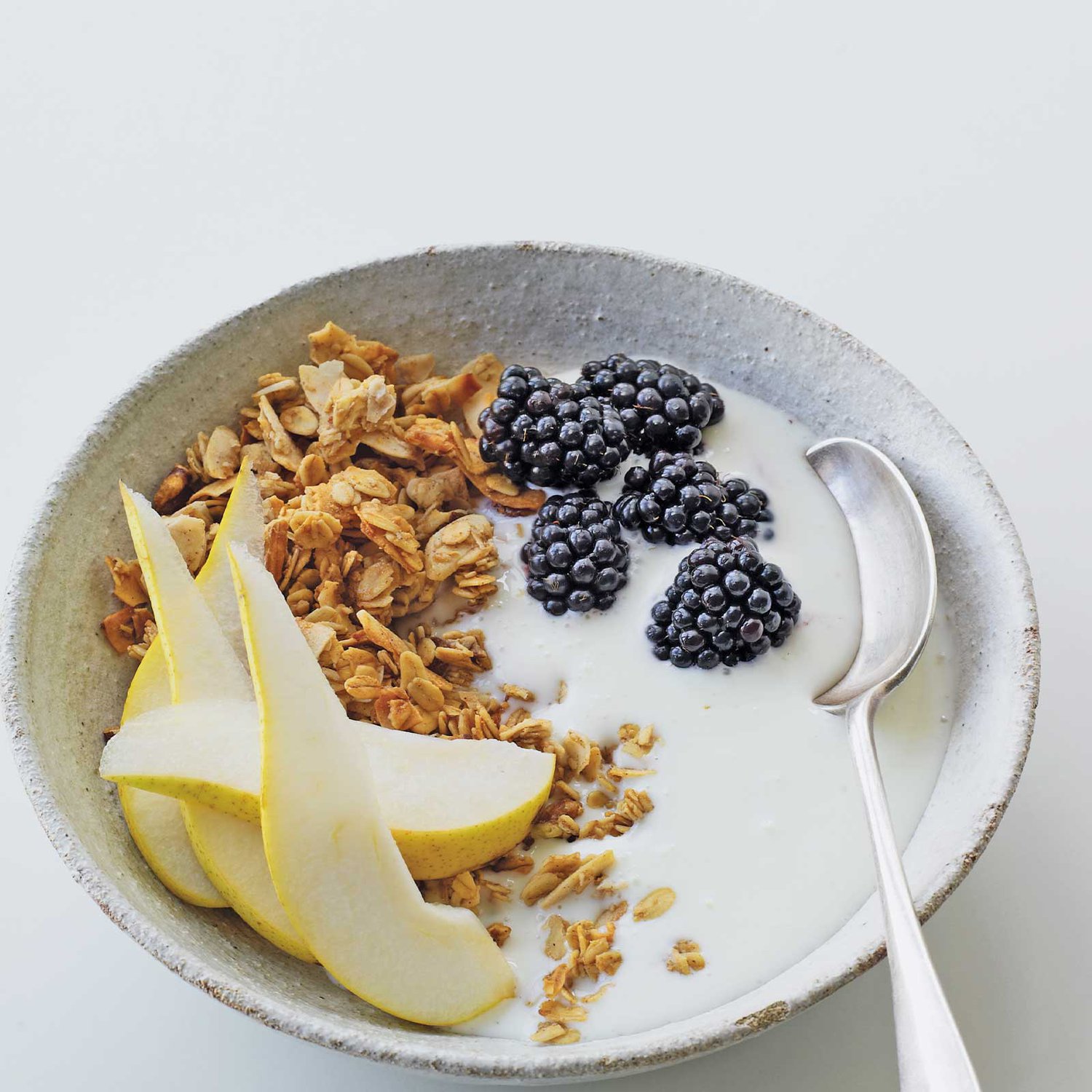
Kefir, a fermented milk drink that is similar to drinkable yoghurt, is believed to have originated in the Caucasus – the region between the Black Sea and Caspian Sea – thousands of years ago. “Yoghurt is the best-known probiotic food in our diet, but kefir is a much more potent source of probiotics and is a good source of calcium, especially for those with lactose intolerance,” says Lina Doumani, a clinical dietician at the Cooper Health Clinic in Dubai.
Traditionally made from cow’s milk and kefir grains, nowadays it is also made with sheep’s milk and non-dairy milks such as soy, coconut and almond. Kefir grains aren’t grains in the true sense of the word. They resemble grated cauliflower and are a combination of live bacteria and yeast that promote fermentation.
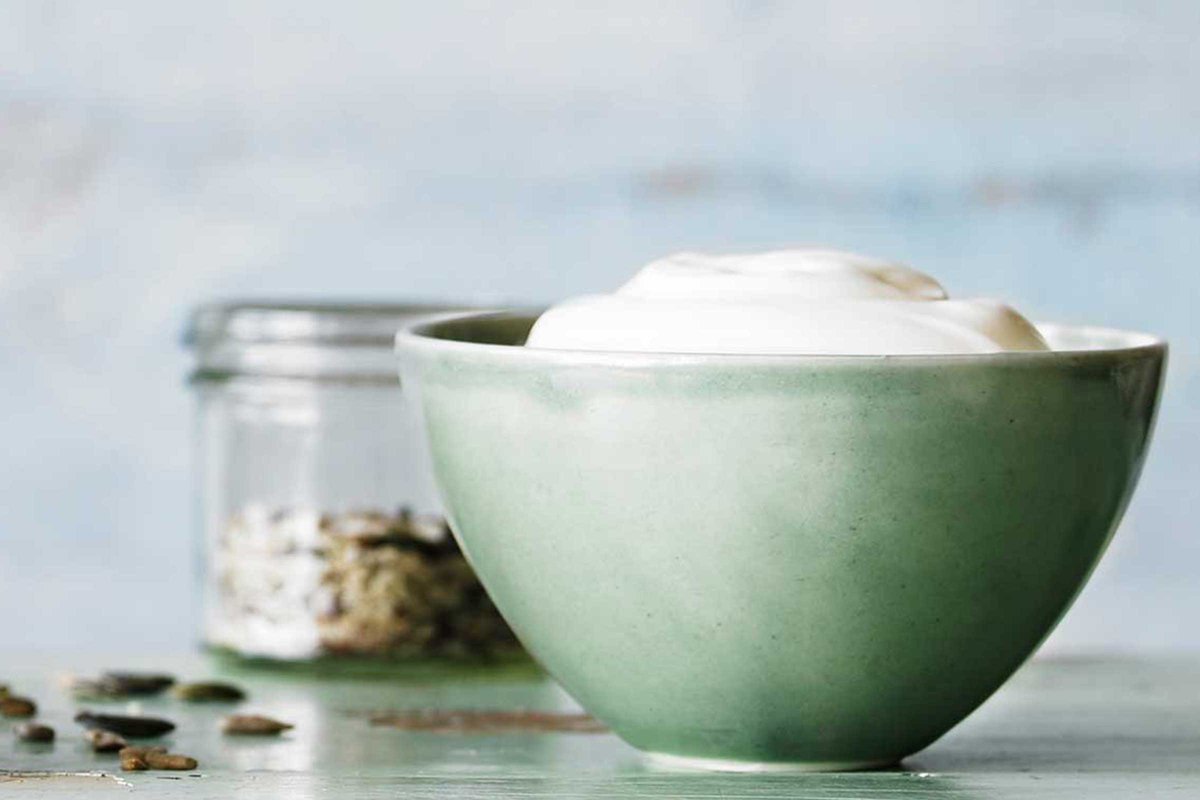
Did you know?
Kefir is an excellent source of a number of vitamins, including B12, B1 and K. It also supports a healthy nervous system as it contains high levels of calcium and magnesium.
Kitchen connection
It’s a good idea to introduce this versatile beverage into your daily diet. “The anti-microbial effect of kefir aids in maintaining the integrity of your gut, improving the gastrointestinal immune system against food-borne infections such as salmonella and e-coli,” says Keren Gird, senior dietician at Beyond Nutrition in Dubai. You can use unflavoured kefir drinks as a substitute for buttermilk and yoghurt in some recipes. It can be used in salads as a base for creamy dressings, in smoothies to boost your probiotic intake and in baked goods like cakes and breads.
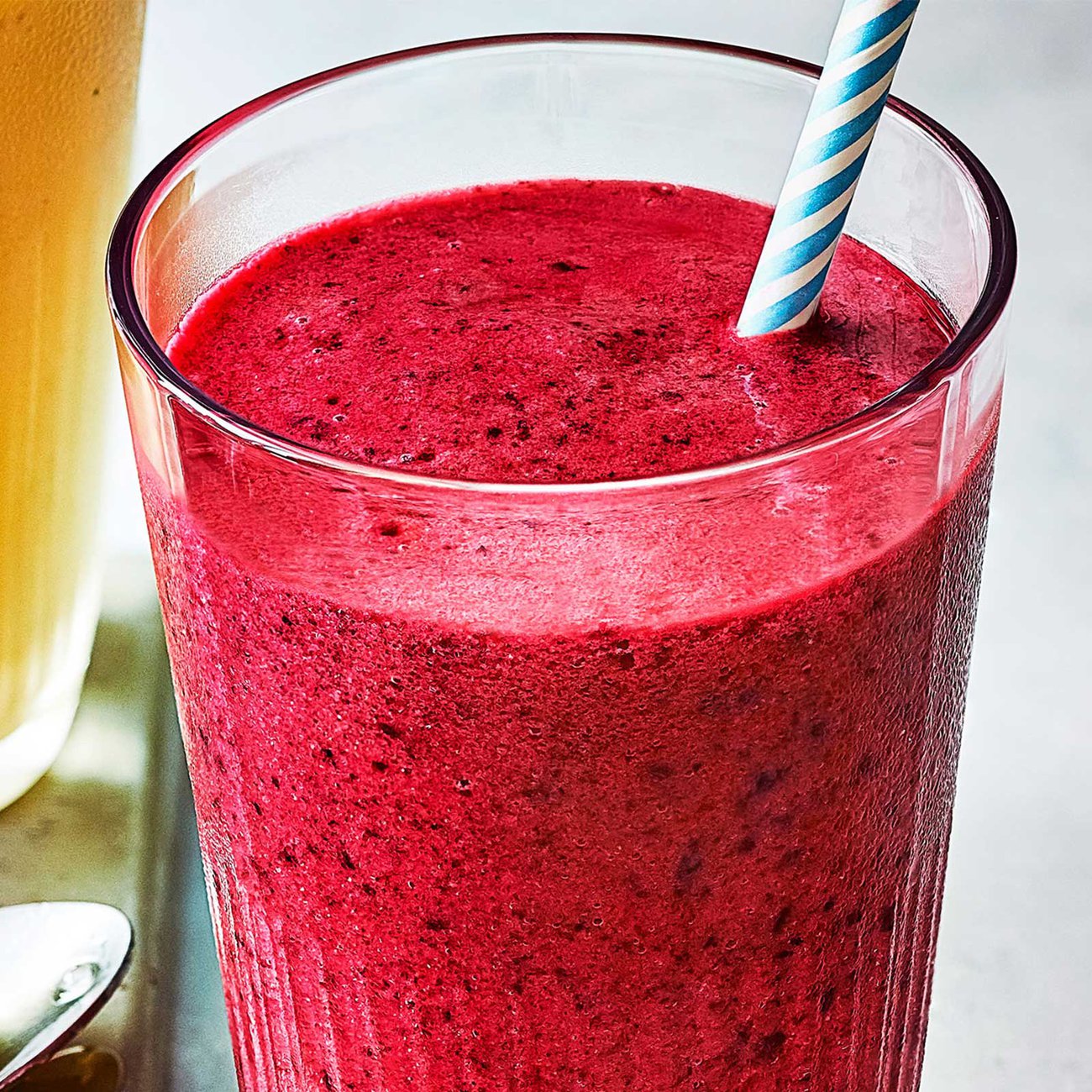

Situation storage
Kefir milk grains can be stored for six months in a refrigerator, provided they have been thoroughly rinsed in filtered water and then dried at room temperature for three to five days.
Try it at home
Kefir milk can easily be made at home by mixing kefir grains with any dairy or plant-based milk. If you can’t get grains from a friend, you could buy a starter culture pack online. All you need is a 750ml sterilised glass jar, a plastic sieve and spoon, three cartons of 250ml full-fat milk or coconut milk and 2.5g of kefir grains.
1. For the first stage of fermentation, you need to hydrate the kefir grains. To do this, gently heat the milk to just under 30°C. Higher temperatures will kill the kefir grains.
2. Once the milk is warm, stir in the grains and pour into a sterilised jar. Place the lid on loosely and leave to ferment for 24 hours.
3. Pour the milk through a plastic sieve, reserve the grains and discard the milk. Place the grains in another cup of warmed milk and leave for a further 24 hours.
4. Strain once more and discard the milk.
5. Finally, place the grains back in the glass jar and pour a fresh cup of milk into it, stir well and allow to ferment for 24 hours.
6. The milk kefir will be thick and have a distinctly sour smell. Remove the grains before drinking it.
7. Create a fresh batch of milk kefir by adding the grains to another cup of milk and leaving it to ferment for 24 hours.
